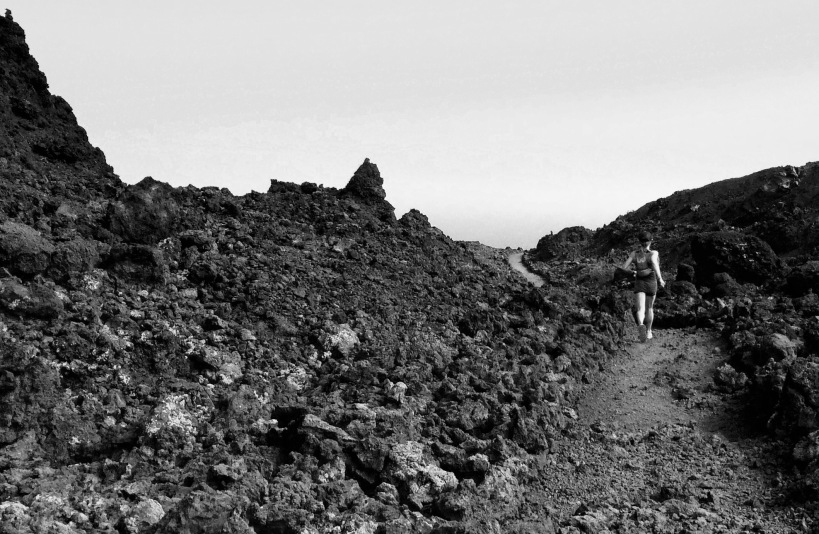
Somewhere off the northwest coast of Africa, there is pretty little volcanic island by the name of La Palma. This island is shaped like an inverted teardrop, with a rim shaped like a question mark running from the northwest coast around to the high point at the north all the way down to the southern tip at Faro de Fuencalientes. At this lowest point, a red and white striped lighthouse marks the start of a foot race that follows this question mark all the way along the rim, up to the high point at 8500 feet elevation (2500 m), down to the ocean, finishing inland 73 kilometers later at a colorful, celebration in the commerce central of the tourist destination: Los Llanos.
by Kristina Pattison
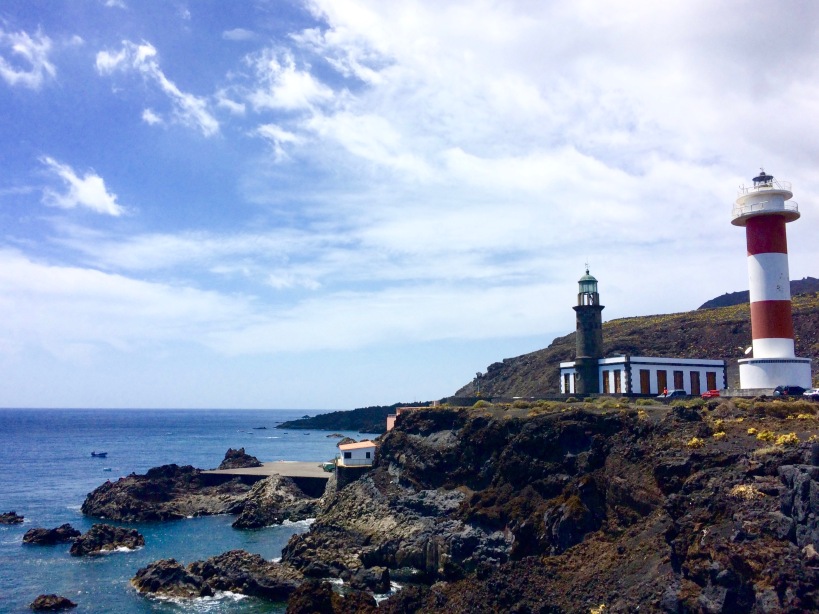
THE LAND
The island is far enough off the coast of Africa, with elevations high enough, to be prime real estate for astronomical observation towers. Lining the volcanic rim are numerous oversized ping-pong balls towering above the clouds. These telescopes scan the heavens, searching for answers, searching for meaning, searching for life.
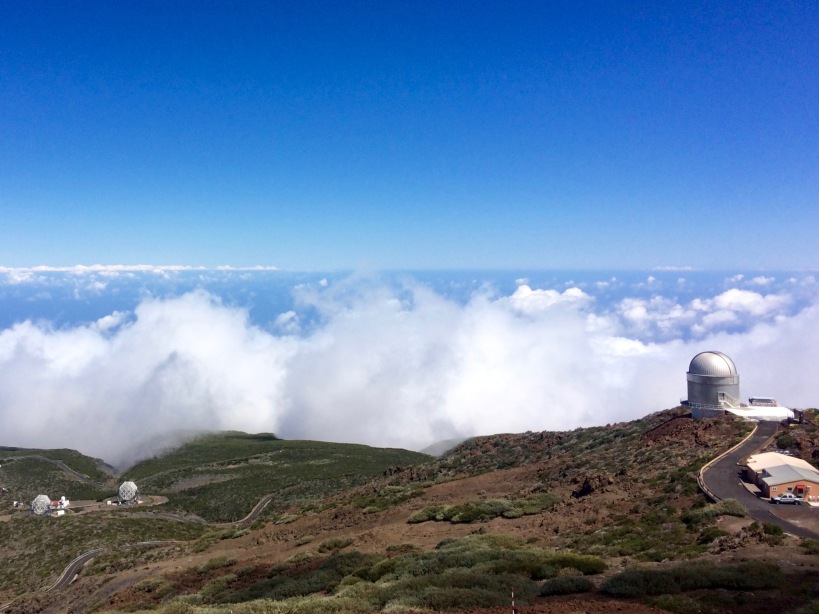
THE INDUSTRY
La Palma is also a perfect environment for the growth of bananas. The main export of this island covers the legs of the volcanic rim in a rich, green skirt of fanning leaves shading stacks of bananas tumbling down from under their branches. It is fairly unbelievable that so many bananas could find purpose in homes across Europe. How many, I wonder, will sour before they’re consumed?

Finally, along the shores of this magnificent landscape, the tourism industry has taken stronghold in business where colorful, rectangular blocks of buildings are stacked along straight, steep streets lined with tiled sidewalks. Roosters crow, dogs bark, music blares from balconies, clothes hang in the wind atop buildings. Ocean breezes blows a steady, rhythmic washing of palm tree fronds jostling and waves crashing against the shores of this ancient landscape.
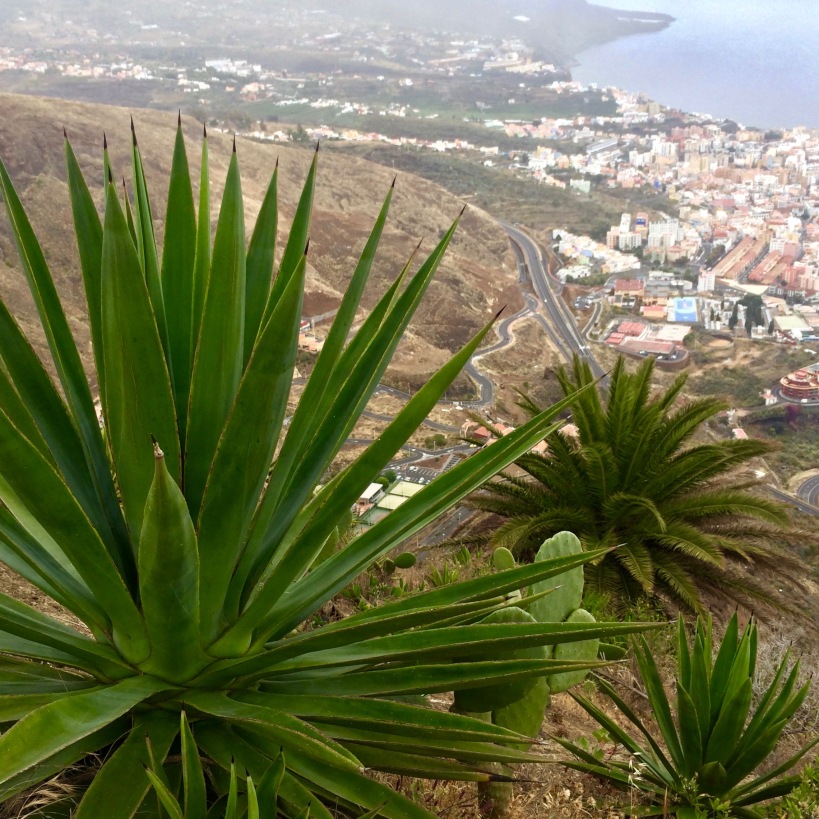
And in this tumultuous sea, this volcanic remnant upwelling from deep inside the earth rises just high enough for life to take hold and thrive. Thousands of runners sit amongst these blocks, at the base of this question mark in our own quest; life racing time. For some part of human nature has always been superbly curious. And the question becomes not why but how long will this all last? Where in all of this, do I stand? What is the purpose of this one person amongst so many nearly identical people?
THE PEOPLE
My own silly questions mix with the winds and questions of the universe. Where is my mind? I wonder.
Weeks earlier, a friend introduced me via email to another runner who would travel nearly half way across the world to this island destination to test himself against this sleeping giant. At the airport, my attention is grabbed by the abrasions covering his entire right forearm. Covered in iodine, a sickly mix of dark red and dark yellow paints what is left of his skin. His knee is covered in bandages. The day before, he’d made an instantaneous decision to tumble down onto the rocks to avoid an elder tourist as he was flying down the final switchbacks of the course to the town of Tazacorte. This town is where we are both headed. Avoiding most of the fanfare associated with the race hotel, we have each rented studio apartments near the western coast of the island.
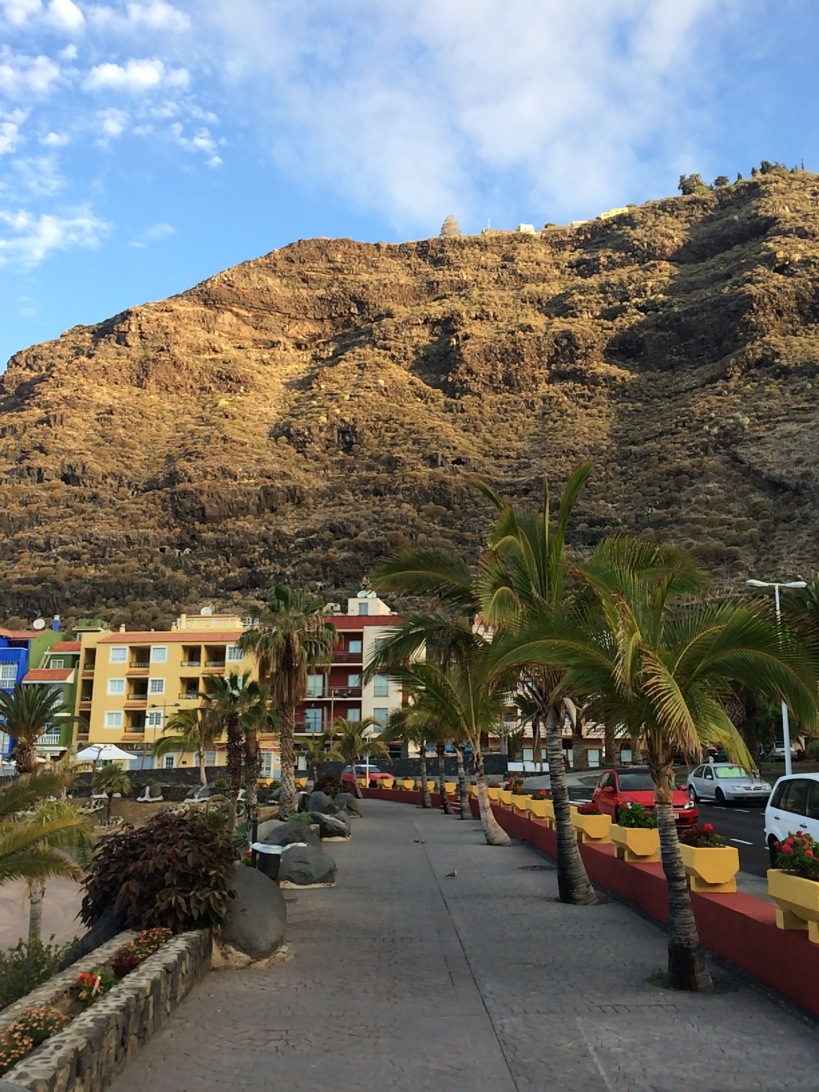
Mike’s near catastrophe mirrors my own. For several weeks, my health has taken a turn for the worst. Fevers, body aches, nausea, vertigo, headaches, fatigue and frustration all forced me to finally to visit my physician and get some blood work.
This is not a new story for me. In fact, it is such a common story it is almost comical how much I should have expected it, but instead, typical for a stubborn ultra runner, I kept plowing along focused on the finish line.
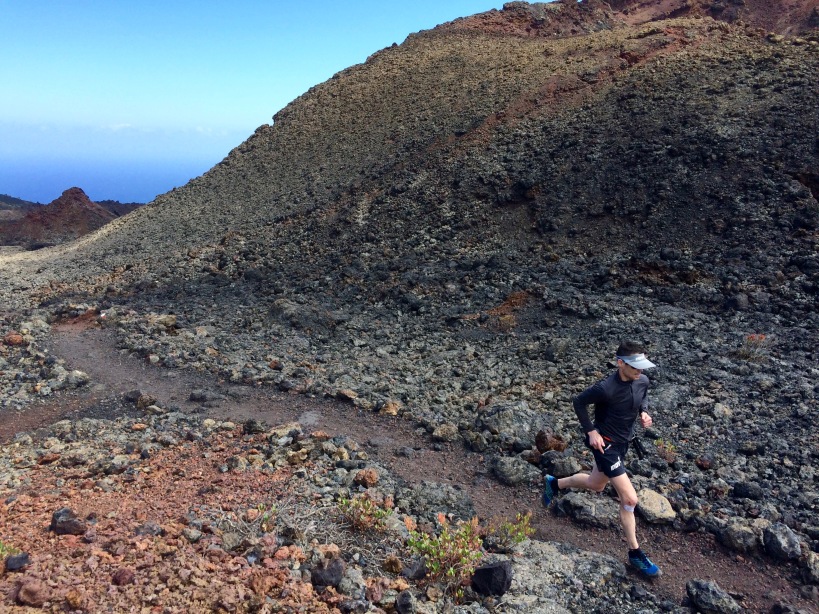
For the entirety of 2015, I raced through injury and overtraining syndrome. As my first season racing competitively, the experience was less than satisfactory. Hobbling back to my room after every race, defeated and dejected, I had almost given up on the sport altogether. What is the point? I would ask myself repeatedly. It’s an expensive, competitive, lonely experience to race internationally. Especially as a sub-top-tier athlete amongst no one friendly or familiar. The training isolates you from friends who work towards road running goals or short distance local trail races. The travel takes you away from your family, home, garden, and paycheck. The social media classifies you into castes.
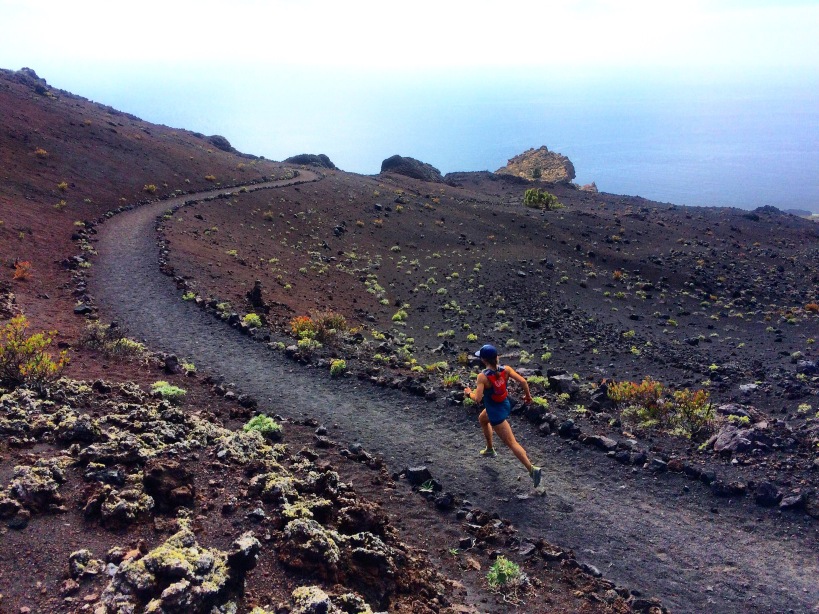
But something inside me, and something in the support of my friends, would not let me give up. This sport was not designed for quitters.
Now, after nearly a week of not being able to eat without medication, I have again given up all hope of a happy ending, and instead I am entirely focused on my own process.
THE RACE
Transvulcania 73 km is the first in a collection of races that make up the Skyrunning World Series. Made famous by the extraordinary performances of athletes such as Kilian Jornet, Anna Frost, Luis Alberto Hernando, and Emelie Forsberg, the race is quickly becoming an international testing grounds for runners from all over the globe.
It starts at sea level, climbs nearly six thousand feet in about eleven miles, tracing the rim of the island on volcanic pumice and rock. The sun is relentless. The heat is oppressive. Climbing another eight thousand feet in another twenty miles, the volcanic terrain is technically challenging and environmentally extreme. There is a steady stream of over two thousand runners who make this pilgrimage across the island, huffing, sweating, bleeding, crying, vomiting all over the dusty, pumice landscape.
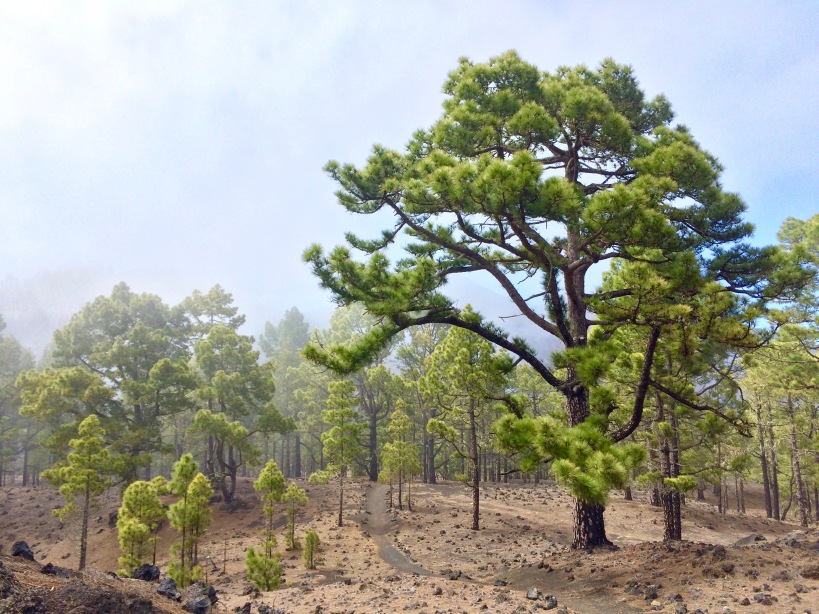
After reaching the high point of the course at Roque de los Muchachos, surrounded by telescopes, spectators, cameras, helicopters, and the ocean, runners will dive down this mountain all the way to the beach in about nine miles. The descent is treacherous over slippery and rocky ground more suited for a careful walk than a desperate run. And finally after all the pounding washes you down to the beautiful black sands of Tazacorte, you must climb away from the inviting aquamarine ocean water, up through the banana plantations, back through the hot streets, at last to the finish line in Los Llanos.
I want to believe, like so many others, that this journey has a purpose, more than just measuring myself against the best women mountain runners in the world. I want to decide the test is not in where I place, but how I overcome. I decide to believe that I run because I love this damn sport, more than bananas and volcanos, more than black sand beaches and turquoise water, more than accolades and paparazzi. I run because like so many others I am driven to use my gifts in a way that widens my experience and understanding of the world. I have a pure love and awe for the mountains and no illness or injury or race can take that away from me. No wind or waves of doubt should ever disturb the sense of personal fulfillment that comes from making a journey as robust as Transvulcania. No matter where we come from or where we stack up in the social hierarchy, we will all start and finish in the same place.
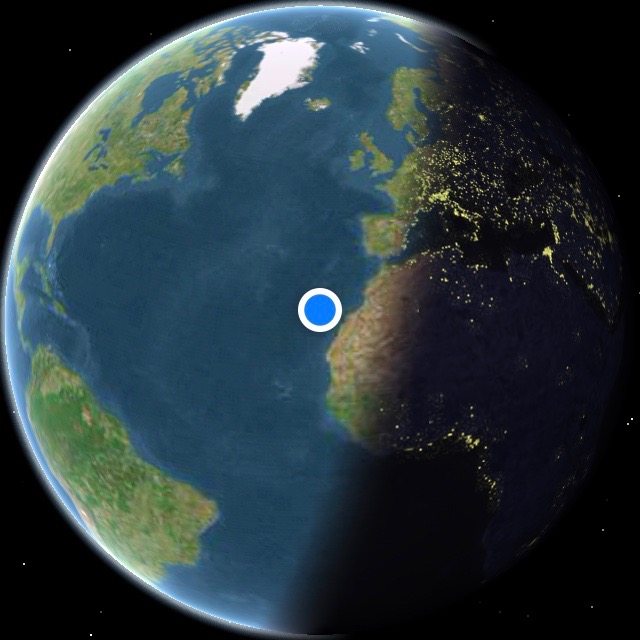
Transvulcania Ultramarathon begins at 6AM in the Western European Time Zone (WET) or Greenwich Mean Time (GMT), which is 11PM Mountain Standard time in America. Follow iRunFar on Twitter for updates.
HI Kristina. I am an ultrarunner from Phoenix, Arizona. If you consider yourself “sub-tier” then consider me a sub-sub-tier” runner. Anyway, I navigated to your blog based on a tweet from iRunfar stating you were out of Transvulcania due to illness. I read over your blog, and first of all I want to say how sorry I am that you are going through this. The problem with ultra runners is that they ARE so tough (I know first hand, as I am married to the most stubborn one ever!). You self admittedly state that you have gone through OTS, so that is good that you realize it. You probably can look back at your training and racing history and realize what you did wrong. I’ve been around the sport a long time and I’ve seen your scenario both with elites and friends of mine, many of whom not only don’t do ultras anymore they can’t even run. They went bananas for three or four years with mega training and racing and burned out badly (I’ve noticed a 3-5 year life for the ultrarunners who take it too far, elite and non-elite). In my early ultrarunning and training days, a good friend and mentor was straight up with me about my training and racing, and helped send me on a path to not just excellent running health, but even in my late 40’s I am still running ultras and setting some PRs. My training is centered around the training principles of Phil Maffetone, one of the biggest names in endurance training in history. There are too many details to list here, so get his book “The Big Book of Endurance Training and Racing” (best 15 bucks you’ll ever spend) and go to philmaffetone.com and get to know his methodology. He no longer coaches, but with you as a high level runner with OTS I bet if you reach out to him he may advise you. He currently advises Angela Duncan Naeth, a top level triathlete who has been very successful. His training requires a fundamental shift in what you believe (which obviously isn’t working), and is not a quick fix. Your condition may take a year or more to resolve, but in the end it is worth it and you can be running healthy and setting PRs again. It saved my running and I recommend it to runners of all levels. Thanks for reading my really long reply, and good luck to you. Feel free to email if you have questions.
Hi Albert. Thanks immensely for the kind words and advice. I have looked at my training and I’m not sure yet what went wrong. I’ll check out the book though and will be in touch if I have any questions. Thanks again for the wisdom and insight. All my best. -kp
Wow great post, I really love your writing style and pictures!
I wish you all the luck for the race, hope you have a great time 🙂
Thanks! Appreciate the kind words 🙂
You are a writer. This was the best blog on “running” I have read in a long time. Deep shit. Entertaining. Rich. Great pictures. Don’t mess yourself up with overtraining. You are too smart to fool yourself. Keep your “vice” in check and you can run until you are old. Fair winds.
Thanks for the generous compliment Eli and the wise words (and for making me smile!)…I do hope running can be a lifelong sport for me.